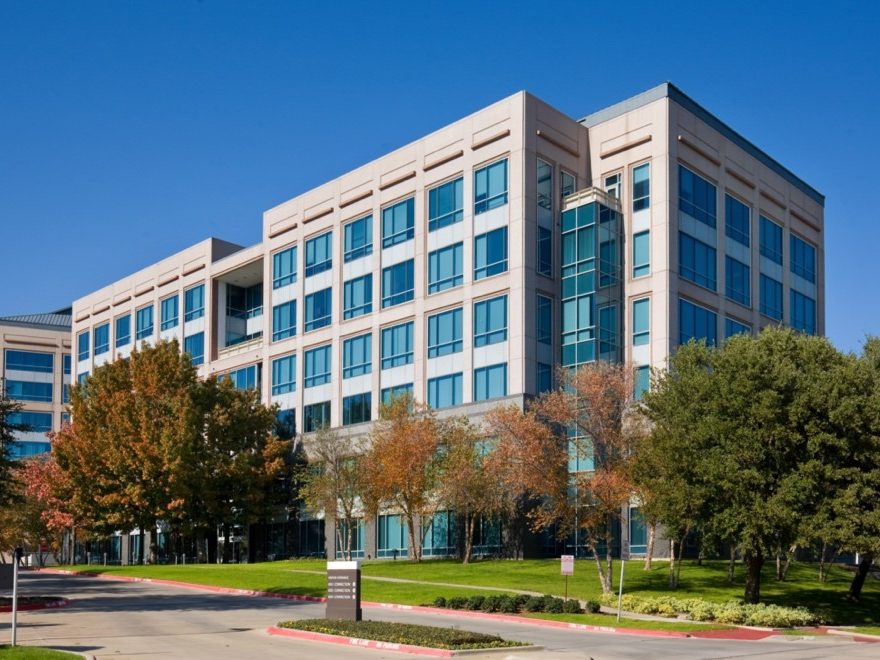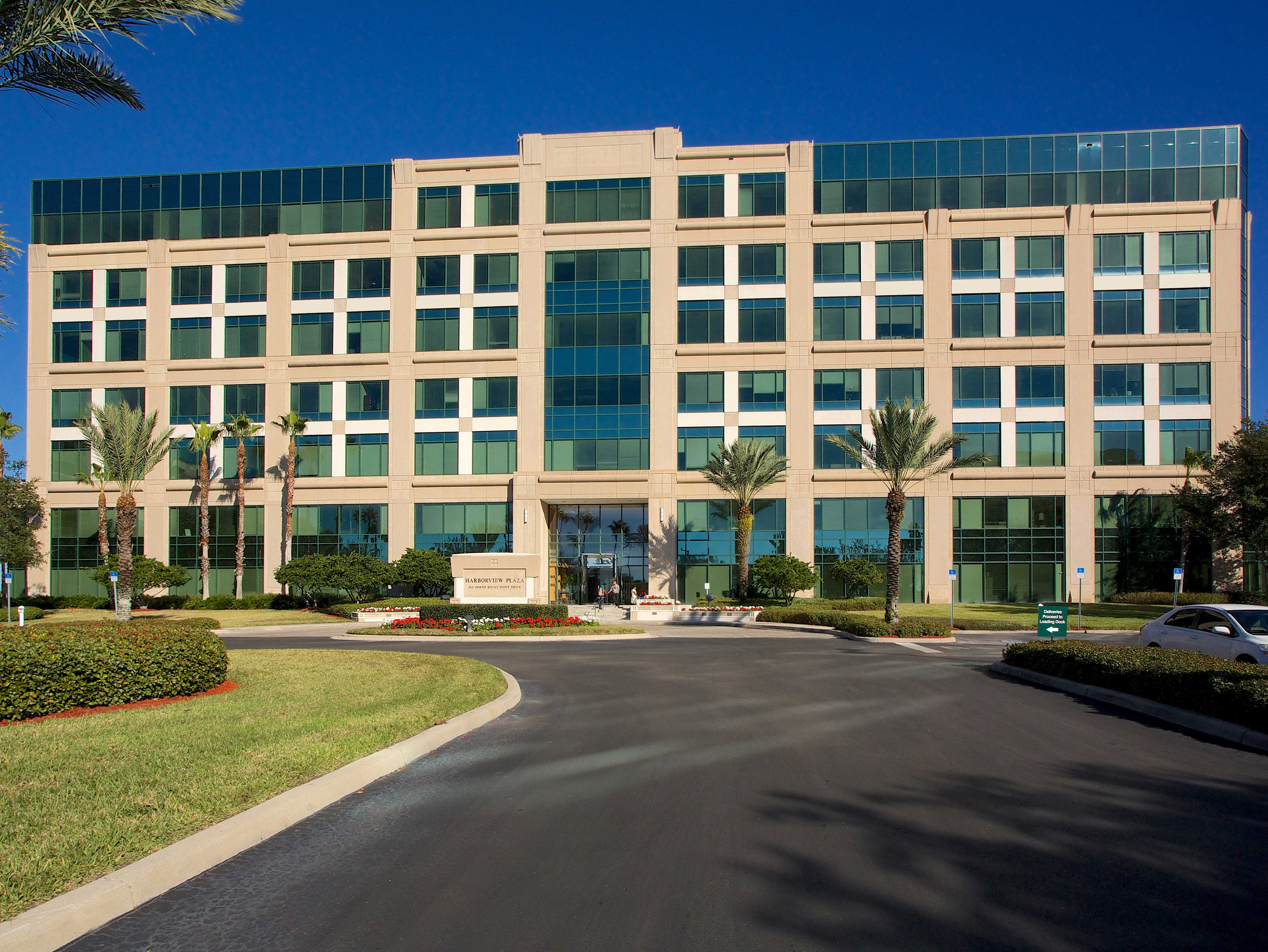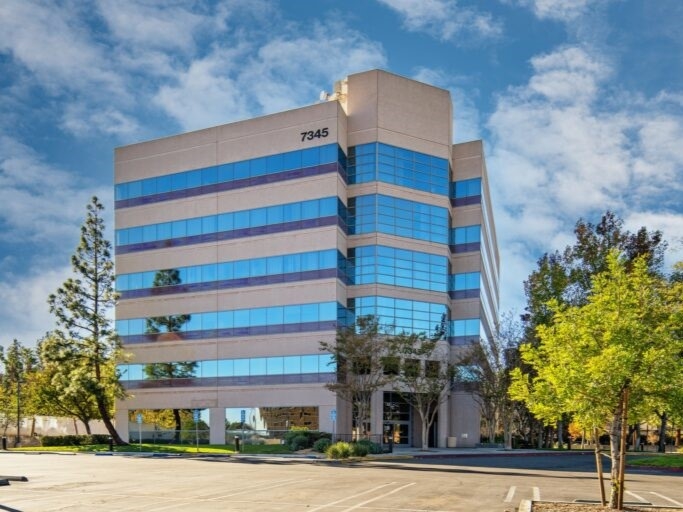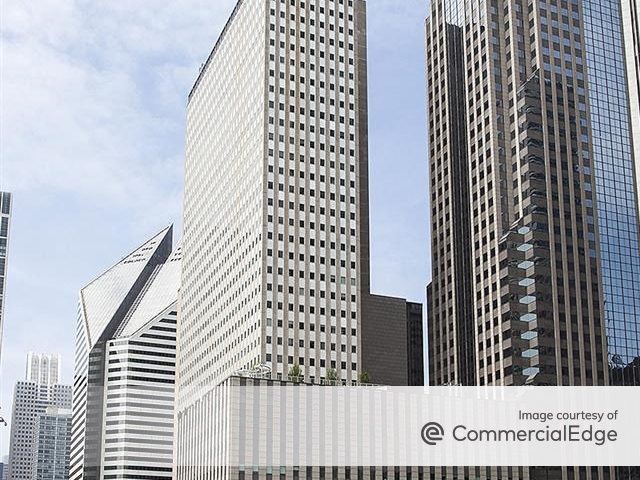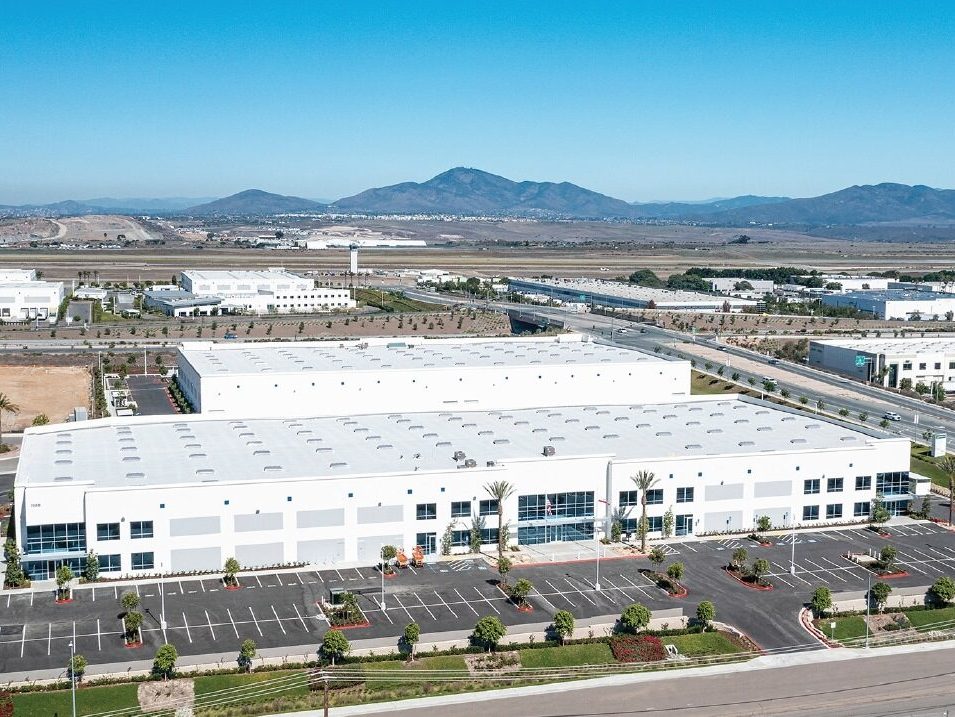London’s $10.6B Redevelopment Debuts Its Own High Line Park
Known as The Tide, the 3-mile outdoor art and recreation destination is part of the largest urban regeneration project in Europe.
London gets its very first linear park as The Tide makes its debut. The 3-mile outdoor destination is part of developer Knight Dragon’s $10.6 billion Greenwich Peninsula, the largest urban regeneration project in Europe.
A public venue centering well-being, design and art, The Tide consists of a series of nearly 30-foot-high walkways highlighted by native trees, sunken gardens, an approximately 88-foot-long outdoor picnic table and The Tide Clubhouse with exercise studio and juice bar. Additionally, the park is home to one of the largest free, permanent public art collections in the world, featuring the work of Damien Hirst, Allen Jones, Morag Myerscough and Studio Morison.
READ ALSO: Allianz, VGP Form $1.9B European Logistics JV
The Tide is just one of a bevy of outdoor projects that will grace Greenwich Peninsula, where more than $626 million will be invested in public spaces. Greenwich Peninsula has been in the works for years and will comprise seven new neighborhoods; 15,000 new residences, including 4,000 affordable homes; two schools, including digital media college Ravensbourne; and the purpose-built Design District, which is scheduled to reach completion in 2020. Hong Kong-based Knight Dragon expects to complete Greenwich Peninsula in its entirety in 2032.
The linear allure
The Tide boasts a strong U.S. connection, as it was designed by New York-based Diller Scofidio + Renfro, one of the architectural firms behind the High Line linear park in Manhattan. The 1.5-mile High Line, the first phase of which opened in 2009, is the result of the re-envisioning of an historic elevated freight line. As noted in a research paper by the Council on Tall Buildings and Urban Habitat, High Line’s impact on the cultural, economic and social life of the once declining Chelsea and Meatpacking Districts has been as or even more significant than much larger and more expensive urban interventions—such as buildings—designed to promote economic regeneration.

